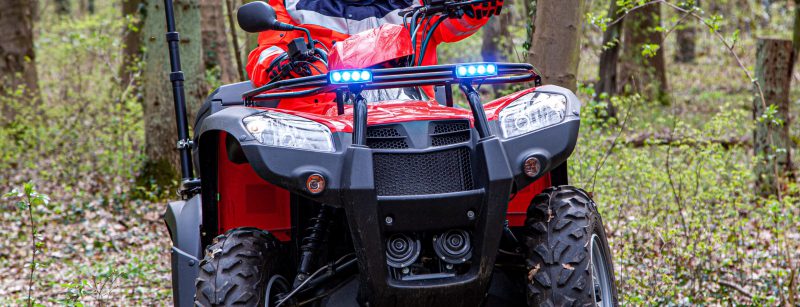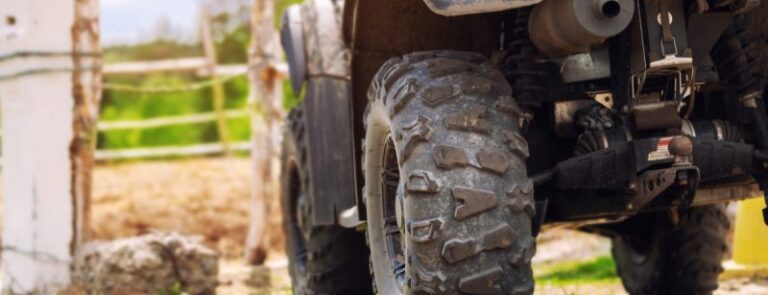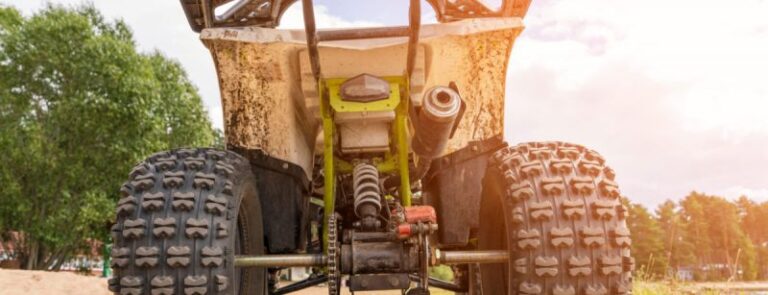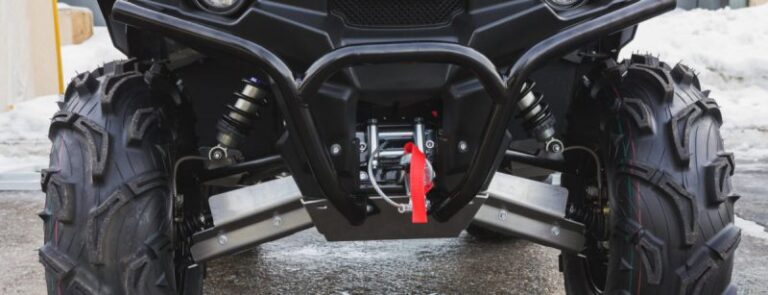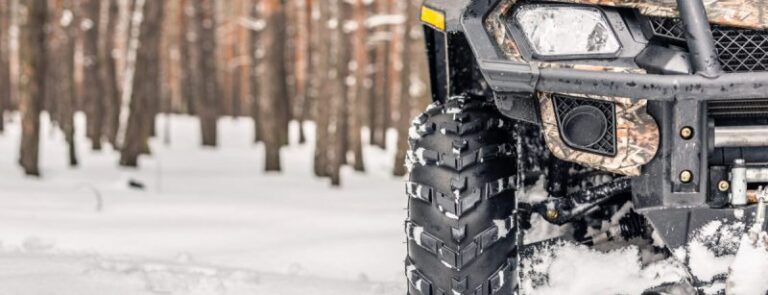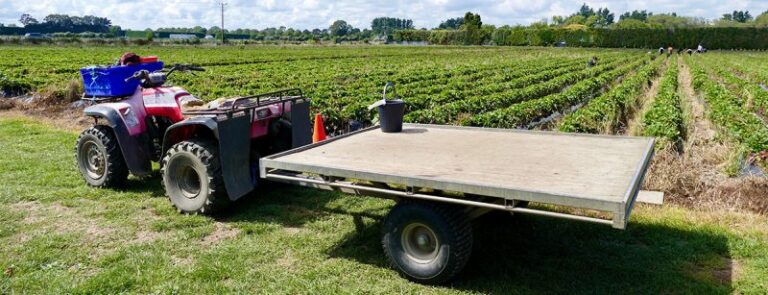Tips for Using Your ATV/UTV for Emergency Response

ATVs and UTVs are often used to access remote areas for recreational purposes, but in certain situations, reaching these spots can be a matter of life and death. This makes these vehicles ideal for emergency response in many regions. Even in urban areas, outfitting these vehicles for emergencies can significantly reduce response times, especially during large public events. But what exactly does it take to prepare a vehicle for emergency response? Let’s explore the key factors.
Check out these new and used Utility side by side vehicles for sale.
Identifying the Type of Emergency
First of all, identifying the type of emergency situation will dictate the type of gear that should be added to your machine. For example, if fighting remote forest fires is the goal, bringing a water tank, fire suppressing foam and a pump to shoot them is crucial, whereas if the main purpose is emergency medical attention then you need to be able to transport people who are not mobile. Many of these specific upgrades can also now be purchased straight from manufacturers, with Polaris for example offering fire & rescue packages along with law enforcement packages for the Ranger utility UTV.
ATV or UTV? Choosing the Right Vehicle
The intended purpose will determine whether you choose an ATV or a UTV. ATVs offer a smaller, more maneuverable option but provide limited space for passengers and cargo. UTVs, while unable to access some tight spaces, can carry multiple occupants and a larger amount of gear in their bed. While specific upgrades vary between emergency response vehicles, many modifications are universal. Let’s go over some of the key upgrades.
Universal Upgrades for Emergency Response Vehicles
While specific upgrades vary depending on the emergency, many modifications are universal across response vehicles.
Storage
Additional storage is crucial in emergency situations and can be added via OEM accessory catalogs or aftermarket options. For ATVs, secure boxes can be attached to front and rear racks, while UTVs can benefit from steel racks around the vehicle. Tool holders for items like shovels, axes, and firearms help keep things organized. UTVs with large beds can also be outfitted with specialized box replacements made from heavy-duty plastics or steel, offering even more space for essential tools.
Suspension
Upgrading your vehicle’s storage capabilities may require a suspension upgrade. Always pay attention to your manufacturer’s weight limits. If you’re adding heavy equipment, aftermarket suspension solutions may be necessary to ensure smooth operation.
Lighting
In emergency situations, upgraded lighting can serve multiple purposes. For instance, having bright lights with a wide coverage area during nighttime response can be vital. Emergency response lights can also be fit to these vehicles to let others know that you’re responding to an important situation. Outfitting a siren and or a public announcement system are other options of helping with informing those around of what is going on.
Protection
Protection around the vehicle is a good idea too, as the emergency response vehicle needs to be able to maneuver through tight spaces. This also includes safeguarding the occupants, ensuring they stay safe and dry in any weather conditions. A full skid plate package, along with protection for vulnerable components like CV boots and axle shafts, is highly beneficial for emergency response vehicles.
For UTVs, adding doors, a roof, and a windshield provides essential protection for occupants, regardless of weather conditions. An HVAC system, which is becoming increasingly popular in UTVs, can also help regulate temperature, keeping occupants warm or cool during emergency situations.
Maintenance
Besides the actual hardware you’re bringing with you, keeping these machines ready to roll is another important part of emergency response. That means constant maintenance and inspections, so that at a moment’s notice you can hop in and take off without worrying about things like tire pressures, oil levels, fuel level and more.
On the way to an emergency, it’s important to follow a key off-road rule: “as slow as possible, as fast as necessary.” For emergency response, this becomes “as safe as possible, as risky as necessary.” Avoid taking unnecessary risks on the way to the scene, as keeping this mindset can prevent a driver from getting overly excited and creating more danger. Remember, you’re there to help others, but if you’re not careful, you could end up needing assistance yourself.
Looking for a versatile off-road vehicle? Make sure to browse the nationwide inventory of new and used ATVs and UTVs on Expreswheels.com

